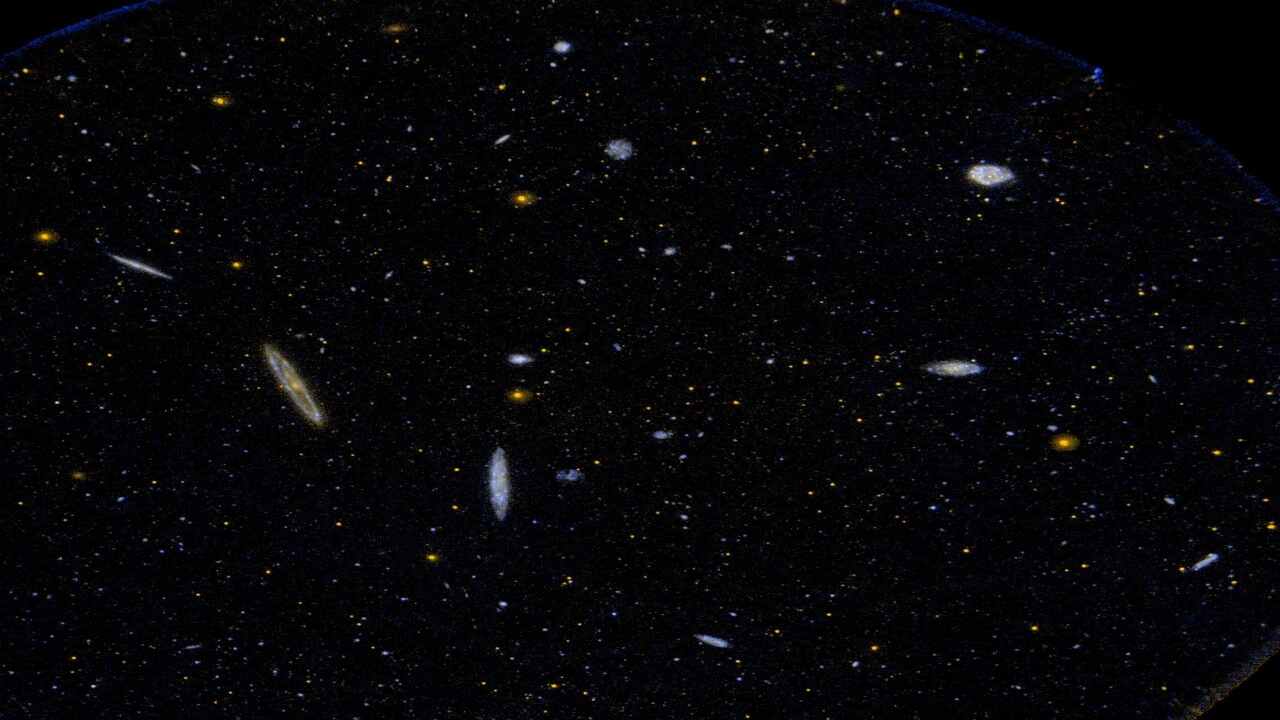An unexpected finding about how our universe formed is again raising the question: do we need new physics? The answer could fundamentally change what physics students are taught in classes around the world.
A study from SMU and three other universities, available on the arXiv preprint server, delved into the possibility of updating fundamental physics concepts.
SMU played a significant part in the analysis, using the university’s high-performance computing capabilities to explore different scenarios that could explain the findings.
“The data from what’s known as DESI, or Dark Energy Spectroscopic Instrument, combined with what we already had, is the most precise data we’ve seen so far, and it is hinting at something unlike what we would have expected,” explained one of the study’s co-authors Joel Meyers, an associate professor of physics at SMU. “Now, we need to get to the bottom of why that is.”
Working with Meyers on this analysis were theoretical physicists Nathaniel Craig at UC Santa Barbara and the Kavli Institute for Theoretical Physics, Daniel Green at UC San Diego and Surjeet Rajendran at Johns Hopkins University.
What DESI found…and why it was surprising
DESI is creating the largest, most accurate 3D map of our universe, providing a key measurement that enables cosmologists to calculate what they call the absolute mass scale of neutrinos.
This absolute mass scale was determined based on new measurements from the so-called baryonic acoustic oscillations from DESI, plus information physicists already had from the “afterglow” of the Big Bang—when the universe was created—known as the cosmic microwave background.
Throughout the evolution of the universe, the behavior of neutrinos impacted the growth of large-scale structures, such as clusters of galaxies across vast reaches of space that we see today. Neutrinos are one of the most abundant subatomic particles in the universe, but they’re as mysterious as they are ubiquitous. One reason physicists want to know the mass scale of neutrinos is that it can help them get a better understanding of how matter clustered as the universe evolved.
Cosmologists—those who study the origin and development of the universe—have long thought that massive neutrinos kept matter in the universe from clustering as much as it otherwise might have over 13.8 billion years of cosmic evolution.
“But rather than the expected suppression of matter clustering, the data instead favors enhanced matter clustering, meaning matter in the cosmos is more clumped than one would expect,” said Meyers, who specializes in theoretical cosmology, including the cosmic microwave background, the early universe and connections to high energy and particle physics.
“Explaining this enhancement may point toward some problem with the measurements, or it could require some new physics not included in the Standard Model of particle physics and cosmology.”
The Standard Model of particle physics—the one that students likely learned in physics class—has long been scientists’ best theory to explain how the basic building blocks of matter interact. This finding of neutrinos is the latest measurement, similar to what’s referred to as “the Hubble tension,” to hint that we might not know our universe as well as we think we do, Meyers said.
In their study, Meyers and his colleagues looked into scenarios where physicists might need to tweak the Standard Model, but not throw it out entirely. They also examined introducing new concepts of physics. And they also explored whether systematic errors of key measures could account for the surprising DESI finding.
It will likely take years to know which of the researchers’ theories is correct. But the study gives a blueprint for future research.
Reference: Nathaniel Craig et al, No νs is Good News, arXiv (2024). DOI: 10.48550/arxiv.2405.00836
